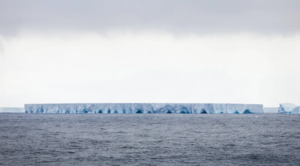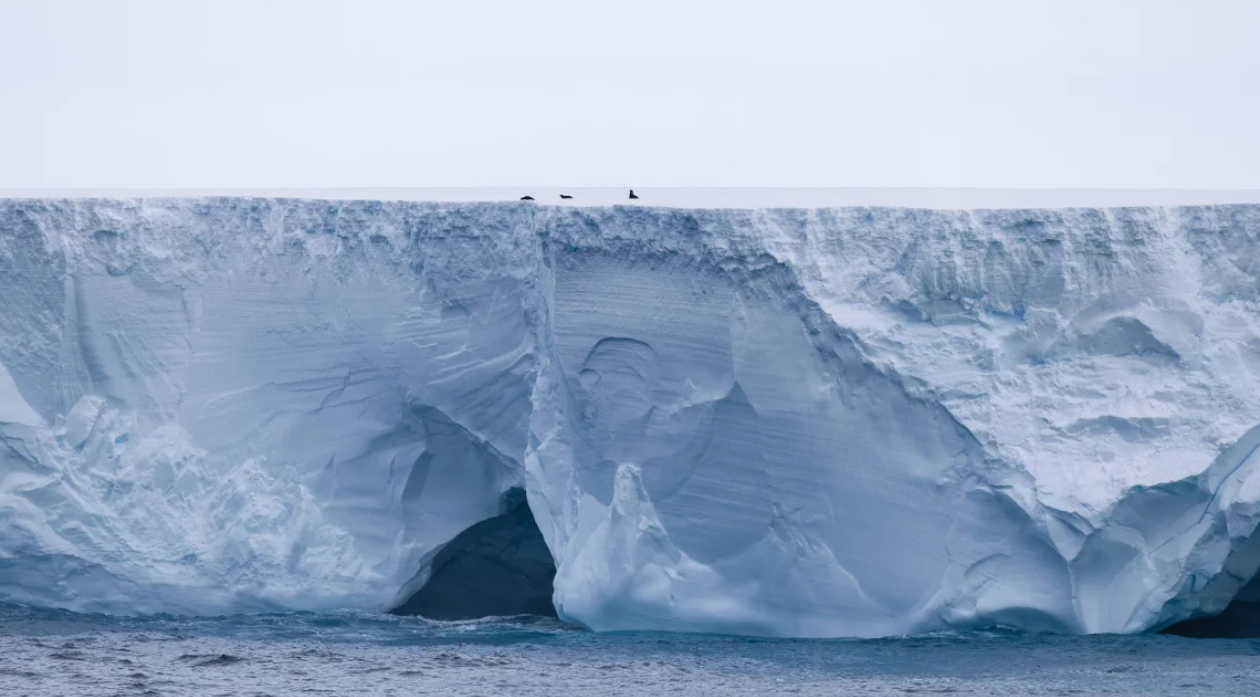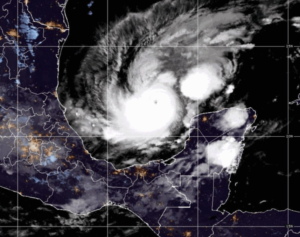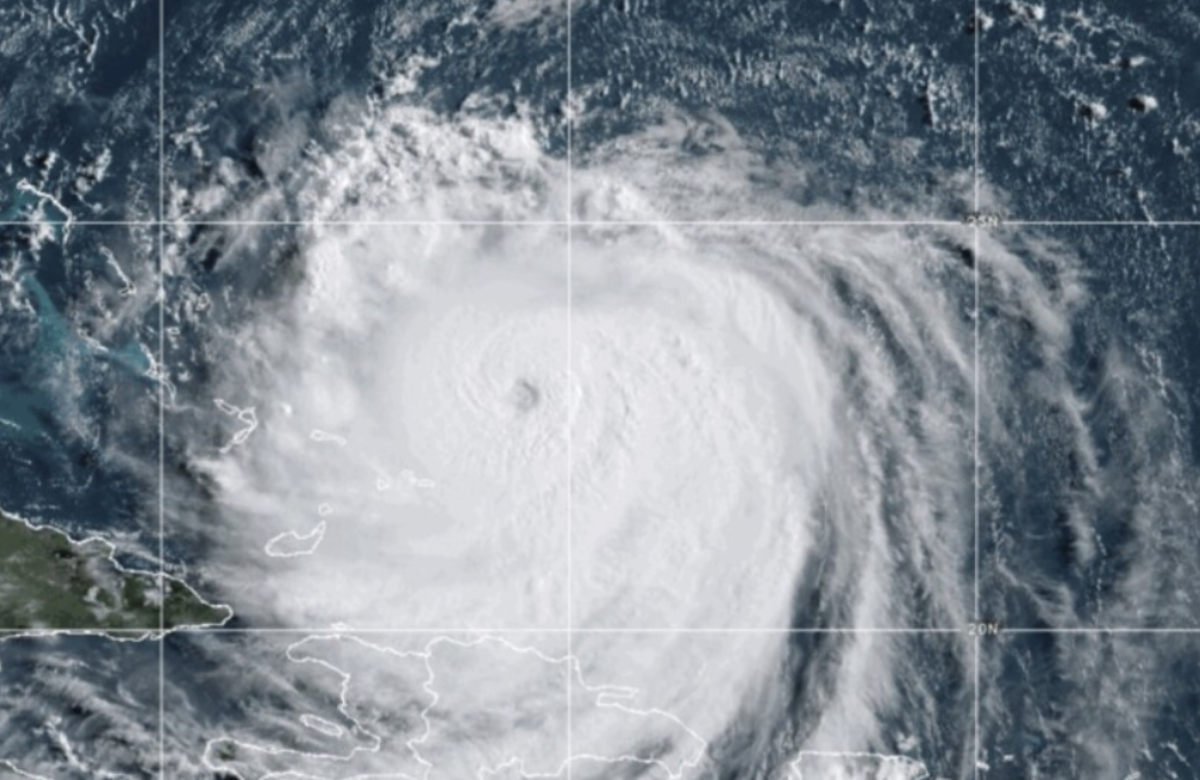The world’s largest iceberg, known as A23a, continues to drift, and there are concerns it may be heading north from Antarctica towards South Georgia Island. Initially, the iceberg had been “trapped” for several months, spinning around an undersea mountain, according to Andrew Meijers, a physical oceanographer.
However, it now appears to be moving with the prevailing current toward South Georgia, a British Overseas Territory located in the southern Atlantic Ocean. Meijers explained that while the iceberg is currently in a loop of the current, not directly moving towards the island, the prevailing currents suggest it is likely to head towards the island soon.
Simon Wallace, captain of the South Georgia government vessel Pharos, shared that if the iceberg remains in its current state, it would be easier to track. The real concern, however, is the potential for the iceberg to break apart, forming thousands of smaller icebergs. These smaller icebergs are difficult to detect and pose a significant hazard. While larger icebergs are easier to find and avoid, smaller ones can form dense patches, making certain areas impassable. This could cause serious access issues, especially in the bays and fjords of South Georgia.
The A23a iceberg remains the largest in the world, based on the latest measurements released earlier this month. When measured in August, the iceberg covered an area of 3,672 square kilometers (1,418 square miles), which is slightly smaller than Rhode Island and more than twice the size of London. The iceberg has been closely monitored by scientists since it broke off from the Filchner-Ronne ice shelf in 1986. For over 30 years, A23a remained grounded on the seafloor of the Weddell Sea in Antarctica, possibly due to its size. Eventually, it shrank just enough to detach from the seafloor, and the iceberg began drifting away with ocean currents. However, it became trapped again in a Taylor column, a vortex of water created when ocean currents meet an underwater mountain.
In December, the iceberg finally broke free from the vortex. Initially, scientists believed it would continue drifting with the currents towards warmer waters. At the time, experts predicted that the iceberg would eventually break apart and melt once it reached the remote island of South Georgia.

Currently, satellite images show that the A23a iceberg has maintained its structure and has not yet broken apart into smaller chunks, unlike previous “megabergs,” according to Meijers. The question now is whether the iceberg will continue to follow the current toward the open South Atlantic or if it will drift toward the continental shelf, where it could become trapped for an extended period.
Meijers explained that if the iceberg becomes grounded on the shelf, it could significantly hinder access to feeding areas for wildlife, particularly seals and penguins that breed on South Georgia Island.
Mark Belchier, director of fisheries and environment for the government of South Georgia and the South Sandwich Islands, mentioned that he is closely monitoring the iceberg’s movement. He noted that while icebergs are common around South Georgia, they can pose risks to shipping and fishing vessels in the area. However, he added that any potential impact on wildlife would likely be “highly localized and transient.”
South Georgia and the South Sandwich Islands are home to a rich ecosystem and one of the world’s largest Marine Protected Areas. While scientists believe this iceberg broke off as part of the natural growth cycle of the ice shelf, they also acknowledge that climate change, driven by fossil fuel emissions, is causing troubling shifts in Antarctica, with potentially severe consequences for global sea level rise.















